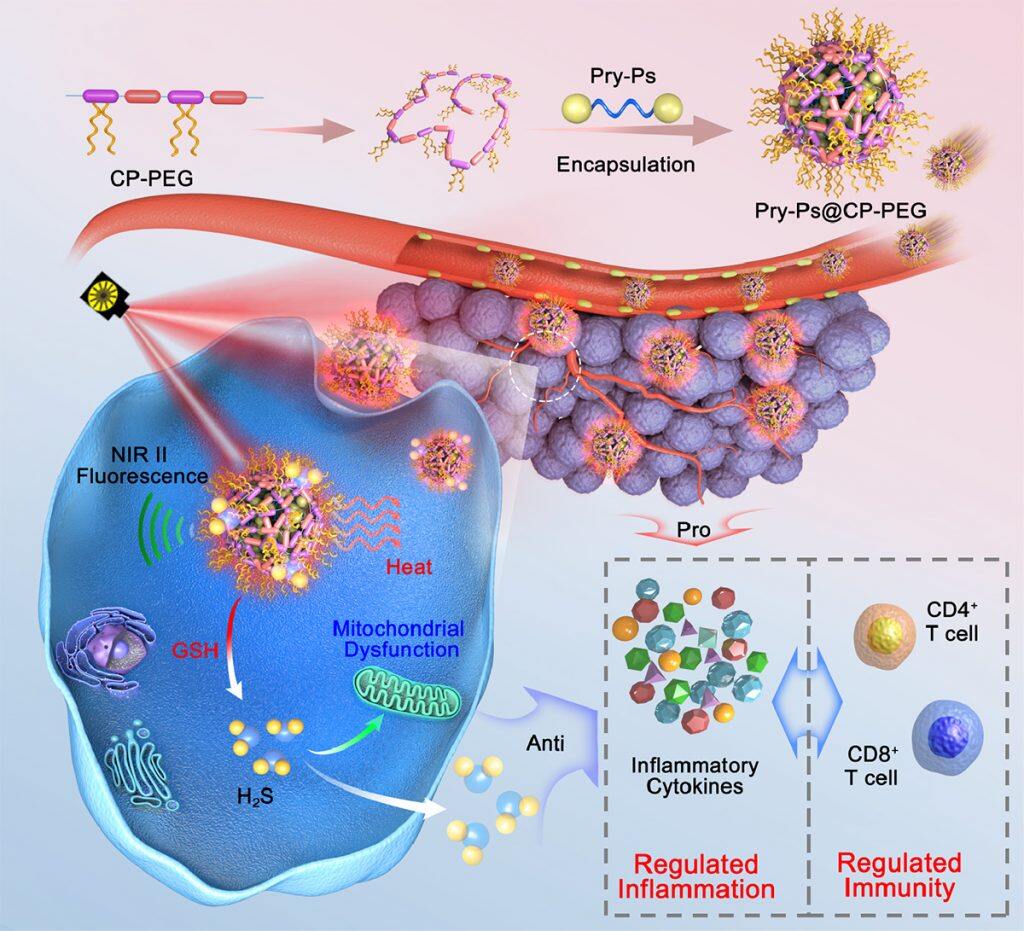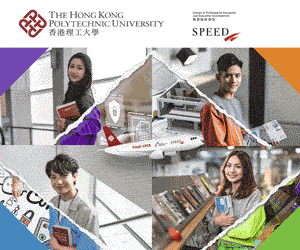Dai Yunlu, an assistant professor in the University of Macau’s (UM) Faculty of Health Sciences (FHS), and his research team, have designed and synthesised a versatile H2S nanomodulator, which can downregulate the hyperactive photothermal immunity for combination cancer therapy. The study has been published in Advanced Materials, a leading academic journal in the field.


Photothermal therapy, or PTT for short, is a highly effective cancer treatment strategy, but the high temperatures often lead to an excessive inflammatory response, ablating the tumour and causing immunogenic death at the same time. The nanomodulators synthesised by Prof Dai’s team can precisely target tumour areas for precise photothermal treatment and rapidly release hydrogen sulphide to alleviate inflammation. This functional nanomodulator has great potential to modulate inflammation and adaptive immune responses, thereby optimising photothermal therapy, with broad clinical applications.


This nanomodulator (Pry-Ps@CP-PEG) was engineered by integrating the amphiphilic conjugated polymer (CP-PEG) and the polysulfide-based H2S donor (Pry-Ps). In vivo evaluation has demonstrated that H2S-modualted PTT not only can inhibit tumour growth significantly and concurrently, it can also accelerate granulation tissue formation, wound re-epithelialisation, and collagen deposition on damaged tissue. Decreased percentage of inflammatory associated CD4+ T cells and high levels of CD8+ T cells may well explain this therapeutic regulation.
Prof Dai and Prof Fan Quli at Nanjing University of Posts and Telecommunications are the corresponding authors of the study. UM’s postdoctoral fellows Li Jie, Xie Lisi, and Li Bei are the co-first authors. This study was funded by the Science and Technology Development Fund, Macao SAR (file number: 0109/2018/A3 and 0011/2019/AKP) and UM (file number: SRG2018-00130-FHS). The full version of the related paper can be viewed at: https://onlinelibrary.wiley.com/doi/10.1002/adma.202008481
Source: Faculty of Health Sciences, University of Macau








































